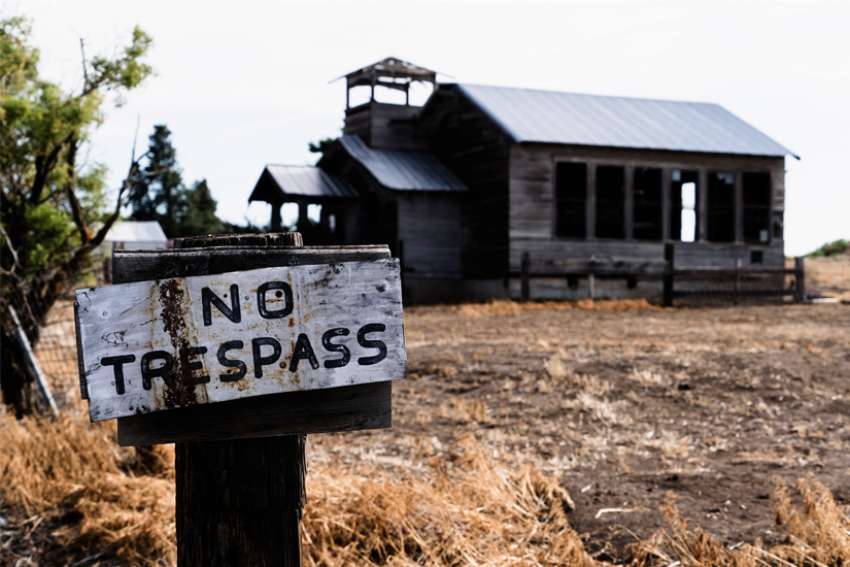We humans frequently give such double signs — warmth and coldness, invitation and rejection, served up together on one platter. This habitual conflict may help explain our difficulty in receiving and interpreting divine signs. These are never conflictual, but we might find them puzzling. Sometimes we ask for a sign, something clear and unambiguous — a rainbow at the right place, a text message at the right time. In practice, though, signs can be confusing and we can easily treat them more as acts of superstition than faith.
Yet signs are an important part of Christian faith. They are a concrete reality that indicates the presence of something else. That is a boon for us because mostly we need help to be present to the “something else” which is God. Church life is full of signs, like the one we ourselves make so commonly we hardly think of it as one: the sign of the cross.
As we turn towards Christmas, we notice many signs of the season: cold weather, shopping frenzies, toy drives, lights, concerts and plays, special foods, parties. They’re big and bold enough to drown out the real sign of Christmas. It is the sign that’s specially designed for us humans in this shadowed, pain-laden world, the sign given not to celebrities or government leaders but to forgotten night-labourers living on the periphery. “You shall find a baby, wrapped in swaddling clothes, and lying in a manger.”
This is the sign given to the shepherds in the fields as they kept watch by night (Luke 2).
Did they ask for a sign or was it simply given them? We are not told. We are told that the Lord’s glory shone round them and the very messengers of Heaven were sent to them. We are told how they responded. They heard. They listened (together). They made haste. They recognized. And they made known.
If this sign seems confusing or unclear to us, we might need to stop thinking and start feeling. The shepherds who were given this message didn’t write learned treatises on it. No, they immediately went to encounter this sign in the flesh. Only then did they start talking. “When they had seen it, they made known abroad the saying which was told them.”
There is no mixed message in this sign — it’s all good news, without conflict and without condition — but there are infinite layers of meaning in it. Two millennia and more have not been enough to cause humanity to grow tired of this sign or reach the limit of its depths.
We need this sign today more than ever. And more than ever, we need the Church to be that sign: in poverty and vulnerability, surrounded by both glory and humility. The one that’s best glimpsed in darkness, far from the blue light of digital screens, but close to the human heart with all its inexpressible longing.
We live in an extraordinary time. The sign given to the shepherds is daily present to us in the ministry of our own Pope Francis, who continually shepherds us to the “periphery.” In the biography of his patron saint, Francis of Assisi, written not long after the saint’s death, St. Bonaventure tells of the year St. Francis wanted to help the people of Grecio understand that Bethlehem was not only in the Holy Land, but in every periphery.
He convinced the priest to say Mass in the periphery of the city, in a cold field. He created a “living creche” in the forest — with live animals and a life-size manger. Bonaventure tells of a soldier, John, who through Christ had left warfare and become a friend of Francis. John “affirmed that he beheld an Infant marvellously beautiful, sleeping in the manger, whom the blessed Fr. Francis embraced with both his arms, as if he would awake Him from sleep.” However it happened that day, the same sign was given as to the shepherds and seen by one who lived on the periphery.
The genius of St. Francis was to show that Bethlehem is found wherever people live on the margins.
This Christmas, will we find the shepherds’ sign in the comfort of overheated buildings, or outside on the periphery where both Francises direct us?
The shepherds themselves became signs — real people who indicate God’s presence in the world, “God with us,” which is Emmanuel, the name the baby was given.
Will we?
(Marrocco can be reached at marrocco7@sympatico.ca)


